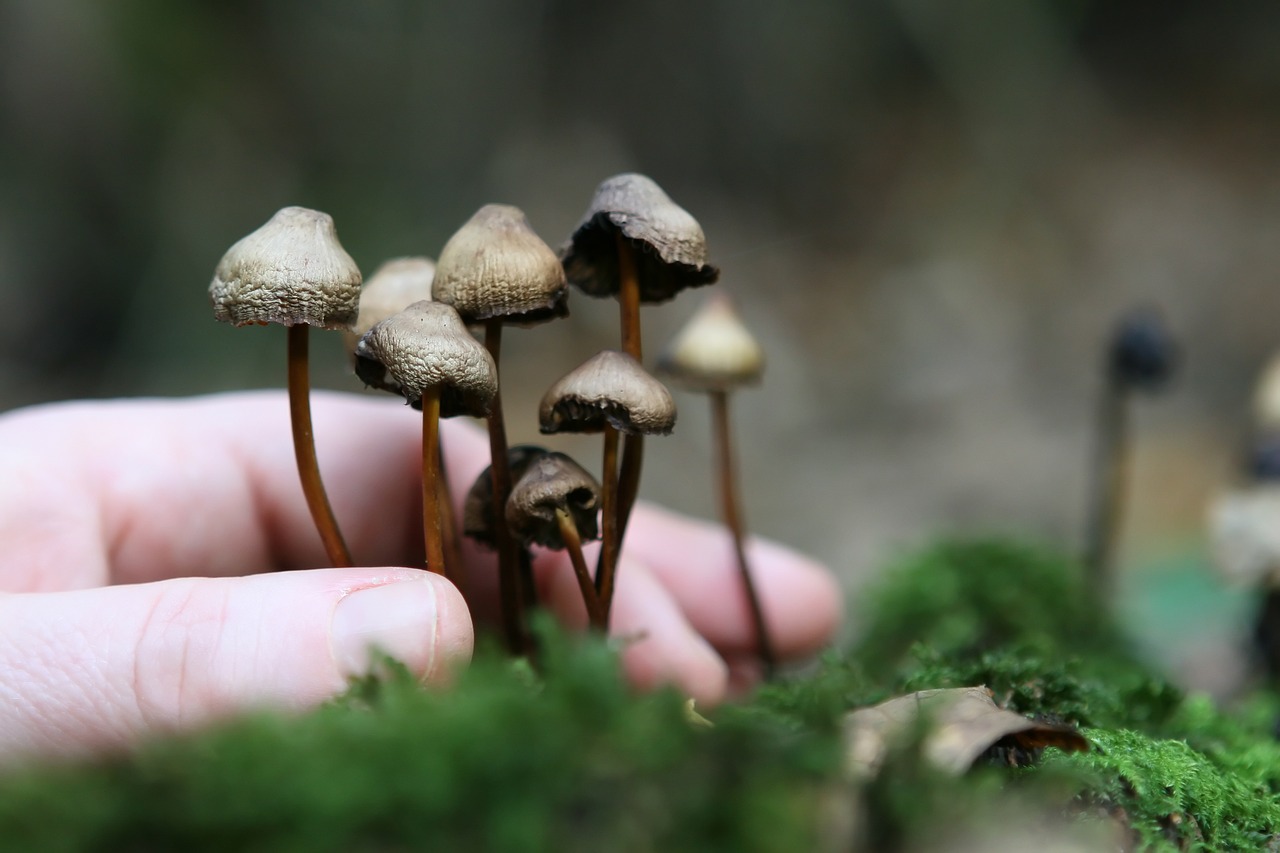Deciphering Mycelium
Mycelium, the rootlike structure of fungi, serves as the equivalent of a digestive system for mushrooms. It hunts for nutrients, transforms them into a usable form for the fungus, and thereby nourishes the fungus. This process also enriches the environment, furnishing essential nutrients for other plants and forming a nutrient-rich biomass ideal for gardening mulch.
Beyond their contribution to mushroom growth, mycelium networks are indispensable for the health and expansion of numerous terrestrial plants, including trees. For example, tree roots and fungi engage in a mutualistic exchange: the tree offers carbon in the form of sugars to the fungus, while in return, the fungus provides the tree with vital minerals like nitrogen and phosphorus. Learn more about this symbiotic relationship here.
Fascinatingly, mycelium networks act like an underground web of communication between plants, akin to the brain’s neural networks. Recent scientific studies suggest that plants and trees may have rudimentary nervous systems that fungi could potentially influence, impacting functions like communication, memory, and learning. Additionally, mycelium improves soil health by breaking down organic waste and neutralizing pollutants.
If you’re keen on growing magic mushrooms, grasping the growth of mycelium is a fundamental aspect. While the cultivation process may be complex for beginners, understanding mycelium is an essential starting point. Although purchasing mushrooms from Get Magic Mushrooms Canada online remains an option, knowledge about mycelium can enrich your cultivation journey.
Mycelium’s Growth Cycle
Upon encountering a suitable growth environment, fungal spores begin to develop into two categories of mycelium. The first, known as primary or monokaryotic mycelium, has a single nucleus in each cell and is usually invisible to the naked eye. The second category, referred to as secondary or dikaryotic mycelium, is visible and houses two nuclei in each cell.
Upon sprouting, the fungal spores initiate the growth of the primary mycelium, also known as the monokaryotic mycelium. When this encounters another monokaryotic mycelium that is compatible, they fuse to form the secondary stage, the dikaryotic mycelium. This secondary mycelium has the capability to generate mushrooms or sclerotia.
Different Types of Mycelia
Mycelia are categorized into three types, two of which signal successful cultivation.
- Rhizomorphic mycelia stretch out in a string-like manner. They are identifiable easily and, like all mycelia, are made up of units termed hyphae. The rhizomorphs are the network of grouped hyphae. Initially, Rhizomorphic mycelia spread out, then relay chemical signals back to the colony indicating a favourable area for nutrient acquisition. The rest of the mycelia then proceed to follow. At the tip of the rhizomorphic mycelia, the hyphae secrete peroxidase, a substance that breaks down the material in front of it for food. The hyphae then spread across the material, distributing the nutrients throughout the colony. Many cultivators prefer this mycelia form due to the increased probability of mushroom production as the Rhizomorphic mycelia sprout from the substrate.
- Tomentose, or “Fluffy” mycelia, have more in common with Rhizomorphic mycelia than differences. However, the fluffy mycelia strands have a unique arrangement. While the strands might not be immediately visible, they are indeed there. Their cotton-ball-like appearance signifies that the strands are clumped together. The development of your mycelia into tomentose or rhizomorphic traits largely hinges on the growing environment. Cultivators continue to debate whether the mycelia type influences the growth rate or the harvest yield.
- Aerial mycelia appear when the growing conditions are not optimal. In such situations, the mycelia tend to grow outward instead of spreading across the medium or forming a cluster. Often mistaken for a bacterial infection, this mycelia type can hamper your mushroom cultivation, resulting in smaller, weaker mushrooms. Aerial mycelia typically arise due to excessive humidity and insufficient fresh air exchange.
Mycelium or Mould?
It’s essential to distinguish between mould and mycelium. If you notice green, blue, grey, or black patches on or within your fruiting box, it’s likely that your culture is contaminated. The key indicator is discolouration. Although blue spots might appear, they could simply be bruises.
Cobweb moulds are usually quite conspicuous. Instead of the bright Mycelium is typically white with a slight greyish tint and has a stringy, puffy texture. Although cobweb moulds and green moulds pose no harm to humans, they can detrimentally impact the health of your mushrooms.
Get Magic Mushrooms Canada: Your Trusted Resource for Mushroom Information
When you think of psychedelic mushrooms in Canada, remember Get Magic Mushrooms Canada. We’re dedicated to providing essential information to help you have a safe and enjoyable mushroom experience.





